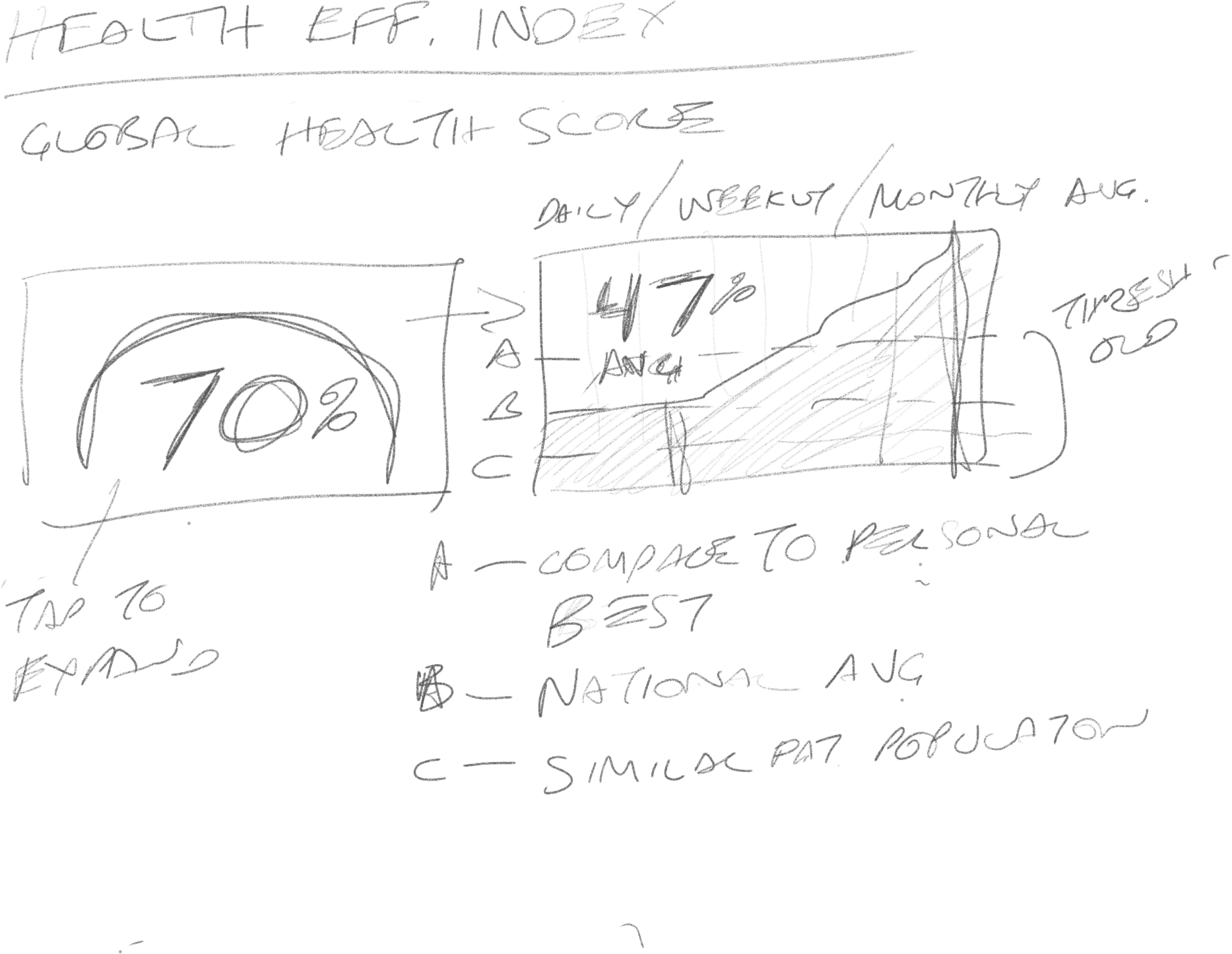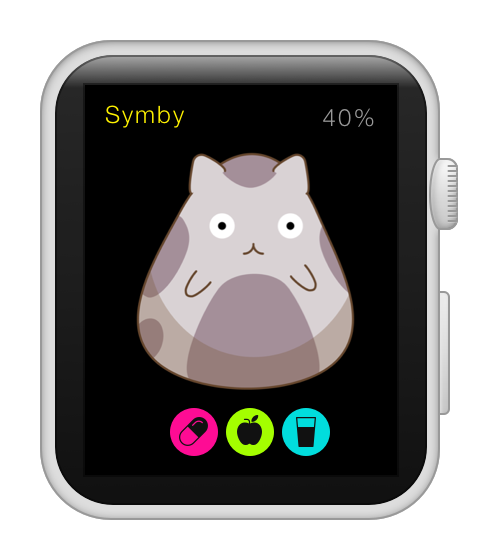Symby Child Health Management App
An engaging mobile health application for children.
The Goal
The goal of dashboard—or any information display method, really—is to influence decision making behavior and drive improved patient outcomes. Data in an of itself is not inherently useful in that regard unless it is put into context of value relevance. And the first challenge was to specify that relevance and to whom.




Initial Research
With the advent of high-speed data connections and mobility, the healthcare and medical device industry have made increasing efforts in exploring the impacts of mobile-led self care for patients with chronic conditions.
Since self-care transfers most of the responsibility to the consumer, the usability of technology for this purpose is imperative. Consequently, self-care technologies need to be adaptable to technological environments and user preferences. In particular, the need to prioritize different health indicators depending on the therapeutic area and health history. For example, blood glucose for diabetes management vs. heart rate for general fitness.
Much of my initial research for ideas on health metrics to include in the dashboard largely resulted the standard "Happy Meal" a mix of steps, heart rate, weight, diet and sleep. Much of this, I thought, was due to the perceived limitations of commercially available sensors or commonly held exercise beliefs—running, weightlifting, etc.

A Return to Youth
While the following approach could work for a wide variety of health conditions, due to the sheer scale of the problem, I opted to design a system to engage diabetic children in developing healthy habits. The CDC recently reported that in the United States, 29.1 million people are living with diagnosed or undiagnosed diabetes, and about 208,000 people younger than 20 years are living with diagnosed diabetes.
As managing the condition can be challenging for parent and child, the goal was to drive improved outcomes through positive reinforcement.
Thinking about ways in which I engage kids—who might not otherwise be inclined to focus on the fussy details of managing their condition themselves—I arrived upon an article on the Tamagotchi, the classic electronic pet toy from the 90's, It sparked a thought. Would it be possible to capture the portability and addictiveness of that toy and bundle it within the gameified structure of a healthcare app to drive improved patient outcomes?
The more recent Pokémon Go trend appeared to capitalize on a similar gaming-susceptible behavior as was observed during the era of the Tamagotchi's popularity. Of course, today's smart watch technology was a more similar form factor to the 90's toy than a phone, so I chose that as the platform for the dashboard.
Additionally, for this project, I opted to target the narrow demographic of 12-15 year olds as they made up about 22% of the Pokémon Go user base and seemed like a reasonable age to use a smart watch.

The Platform
Because this was a proposal, I opted to aim more at impending technologies and technological improvements in sensors and bio data acquisition. With such advancements as the independent cellular capabilities and enhanced heart monitoring sensors in the latest Apple Watch are interesting. Additionally, Google's Verily data bridge and the next wave of medical sensors show the promise of increased data quality for patient self-care.
Even more interesting are some of the more cutting edge techniques currently being researched. One in particular, the Dermal Abyss, utilizes interstitial fluid injected into the skin that allows light-based sensors (of the type that are used to in the Apple Watch for heart rate monitoring, for instance) to monitor a variety of biomarkers, such as interstitial fluid pH, hydration and blood sugar.
Suffice it to say, this project assumes a level of technological sensor capability that would not require manual data entry by the user, as self-reporting is the least effective method in a self-care scenario for any age group.
Making Data Interactive
As opposed to displaying analytical reports, which would be largely static, Symby aims to teach kids the importance of healthy behaviors by calling out activities that are required for theirs—and, by extension, Symby's—health. The initial suite of activities envisioned were standard eat, sleep, hydrate, play (exercise) and medicate (dose), but depending on the condition being monitored, could include a variety of relevant activities.
The health bar represents an algorithm of severity and time. Specifically, the more severe the need (for example, taking critical medication) and the longer the time to seeing a change in the related readings, the faster the health score declines. The goal with this approach is to proactively alert the child well before it becomes critical.
Additionally, it would be imagined that alerts could be sent to the parent or guardian in instances of severe readings or extended delays in response.
Symbiosis
Symby sits at the ready whenever the app is launched. His physical condition and demeanor, reflects the health of the child wearing the watch. Their readings impact Symby in a symbiotic relationship.
Here, Symby is awarding the child a trophy for passing a behavioral milestone as identified through their biometric readings.





Positive Reinforcement
Some additional screens from the app that serve to positively reinforce healthy behavior through gamified interaction. The first screen details the activities outlined on the main App screen. The second screen allows the child to browse through all of the achievements they've won. And the third screen shows a detail of one of their achievements.



Delights
An important part of any successful user experience is stoking a sense of wonder. As such, Symby is imagined as a fully-realized animated character with a vast library of randomized movements, actions and reactions to the user and the circumstances to keep young users engaged and heighten the potential for the development of healthy habits in managing their condition.
For instance, here, Symby is dances around in response to the child's physical movement during a play time activity.










